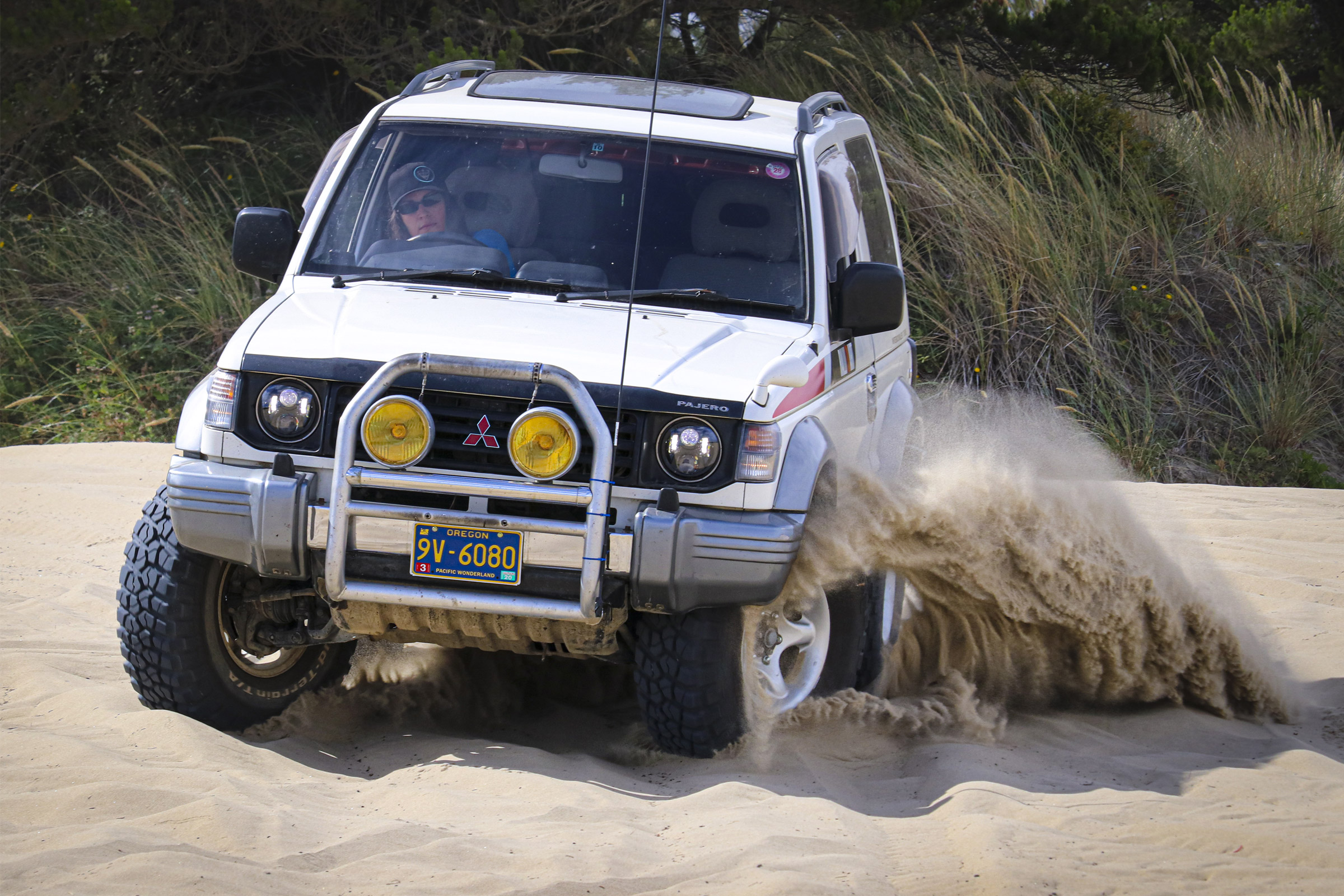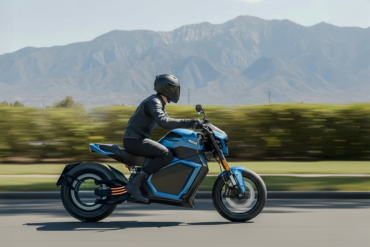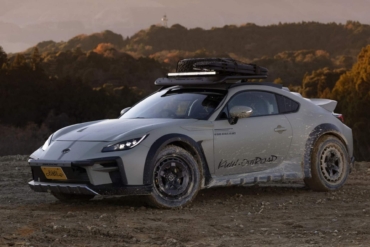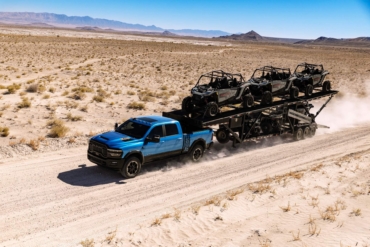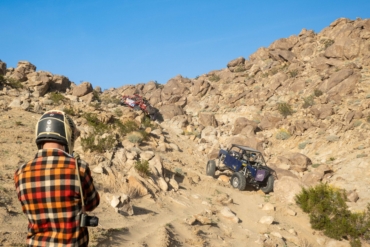We’re all beginners at first, no matter what it is. However, with certain activities, we can prepare ourselves for potential pitfalls when we’re still new. That goes for off-roading.
No matter how capable or expensive an overland vehicle is, it’s only going to be as good off-road as the driver behind the wheel. And to be sure, there are some common mistakes that are often made by those who are new to off-road.
We’ll look at five beginner mistakes to avoid. They’re pretty simple, but learning what they are and how to avoid them can save you a world of trouble before you hit the trails.
Off-Roading Tips for Beginners: Mistakes to Avoid
5. Trying to Do It Alone
If you’re new to off-roading, you shouldn’t hit the trails all by yourself. Always go with another party.
Like most things in life, off-road driving is a learned skill that requires practice. Mistakes will be made. Getting stuck, getting lost, and sometimes breaking parts can happen. The last thing you want to worry about as a newbie is being alone in a remote place, unable to get back to safety.
When you hit the dirt with another person — and their vehicle — your chances of making it home safely greatly increase. Some people say to always go with others, no matter your ability level, and that’s a safe bet.
But if you’re just learning, always buddy up with another vehicle. Checking out local off-road clubs is a great way to meet fellow off-roaders, and ensures that you’ll have regular time behind the wheel. Also, it’s always a good idea to let a friend or family know where you’re headed just in case.

4. Tackling the Hardest Trails You Can Find
You’ve got to crawl before you learn how to walk, right? The same is true when going off-road — although crawling can actually be the goal. So before you learn to crawl, you’ve got to learn how your vehicle reacts off the tarmac.
Start with easy trails and, over time, develop your driving skills and work your way up to harder tracks. Building driver skill takes time. This process also includes getting to know the rig you’re wheeling. This means learning your vehicle’s lowest point, tallest point, width, and how it handles in different terrain (sand versus snow versus rocks versus mud, etc.).
Just remember to start slow and don’t be too eager to conquer the hardest trails as a novice.

3. Not Having the Right Gear
It’s tempting to just jump in your rig and hit the trails without a care in the world. But be sure you’re prepared for the worst-case scenario. Bring a set of basic tools that’ll allow you to limp the rig back to somewhere with cell service if it were to break.
While you don’t need to bring the entire tool crib, having some tools is a good idea. But even more basic than this, make sure you have a spare tire, and that the tire is fully inflated and can be driven on if needed.
However, it’s not always just mechanical things you should be concerned about. Be sure that if you’re going to a remote area, you’ve got enough food and water.
Even if it’s just a couple of extra granola bars or a few extra bottles of water, having something to eat and drink in case of an emergency is a good idea, since a lot of off-roading is done a ways away from civilization.
Additionally, carrying a small, basic first-aid kit is highly recommended. Finally, ensure that you’ve got the right clothes for the environment. This means lots of warm clothing for cool or snowy environments or clothes that’ll help keep you cool in the desert or hot climates.
Think of it this way: Each time you go out wheeling, act as if you might need to spend an overnight (at least) in the rig. That should give you an idea of what to bring.

2. Failing to Air Down Tires
A common mistake many new off-roaders make is not lowering the tire pressure when hitting the dirt. Lowering the air pressure in your 4×4’s tires can help greatly improve traction on the trail.
The idea is that a tire at highway pressure won’t grab uneven surfaces as well as one that’s got lower pressure. Lowering the tire’s pressure also helps expand the tire’s footprint off-road, improving traction. It quite literally helps to spread the tire’s contact patch out, too.
With this being said, how low should you go? Assuming you’re running a standard wheel without a bead lock setup, it’s usually OK to go down to about 15 PSI. Running it lower will increase the risk of running the tire off of the wheel — something you don’t want to happen!
You can always start by dropping the tires to 20 PSI and working your way down for more grip.
One thing to think about: How will you air the tires back up? This is where portable air compressors come in handy. These 12-volt units often either connect to the vehicle’s battery using alligator clamps or plug into the vehicle’s 12V accessory socket. If you don’t have one, make sure your buddy does, or go get one. They’re exceptionally handy.

1. Going Off Trail
If you’re keen on off-roading and want to ensure that trails on public lands stay open, then you need to tread lightly and stay on the trail. The phrase “tread lightly” refers to driving responsibly off-road, which helps minimize impact to the environment.
Following tread-lightly principles is good for the land, and helps to keep public lands open for recreational use. Things to consider: Do not spin tires, use only enough throttle as needed, and take the path of least resistance.
Staying on designated trails is also critical. While it might be tempting to blaze your own path on public lands, it’s a big no-no. You always want to stay on the trail that’s already been traveled and cut specifically for use.
Driving off the trail and creating your own can destroy ecosystems and ruin the land — and it only makes it easier for certain groups to justify closing lands to motorized recreation.

The Tread Lightly! organization lists a host of great tips on its website that help off-roaders follow the rules, keep our trails open, and preserve the ability to drive off the pavement for generations to come. When we leave the pavement, we need to follow best practices, be stewards of the land, and be responsible.


